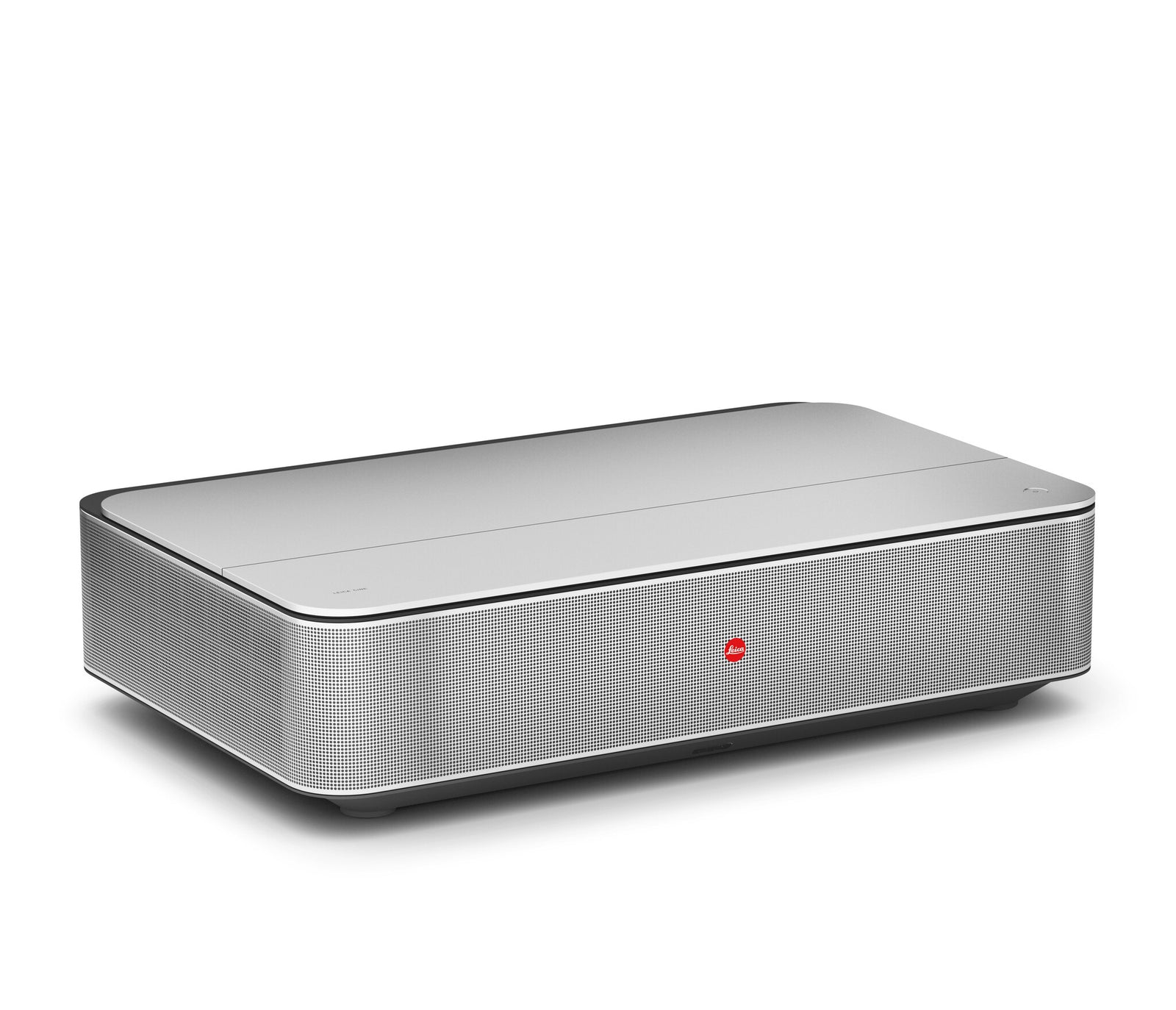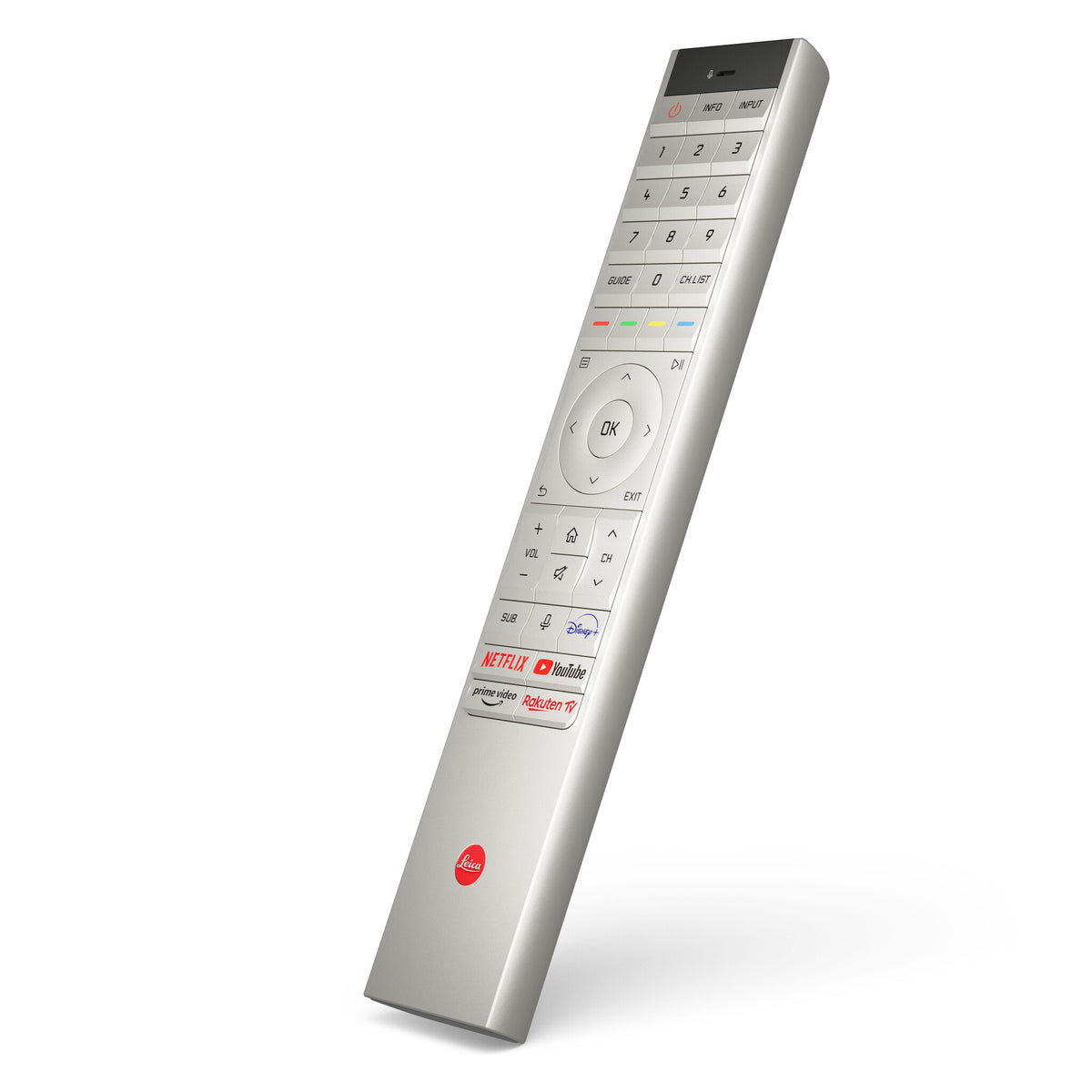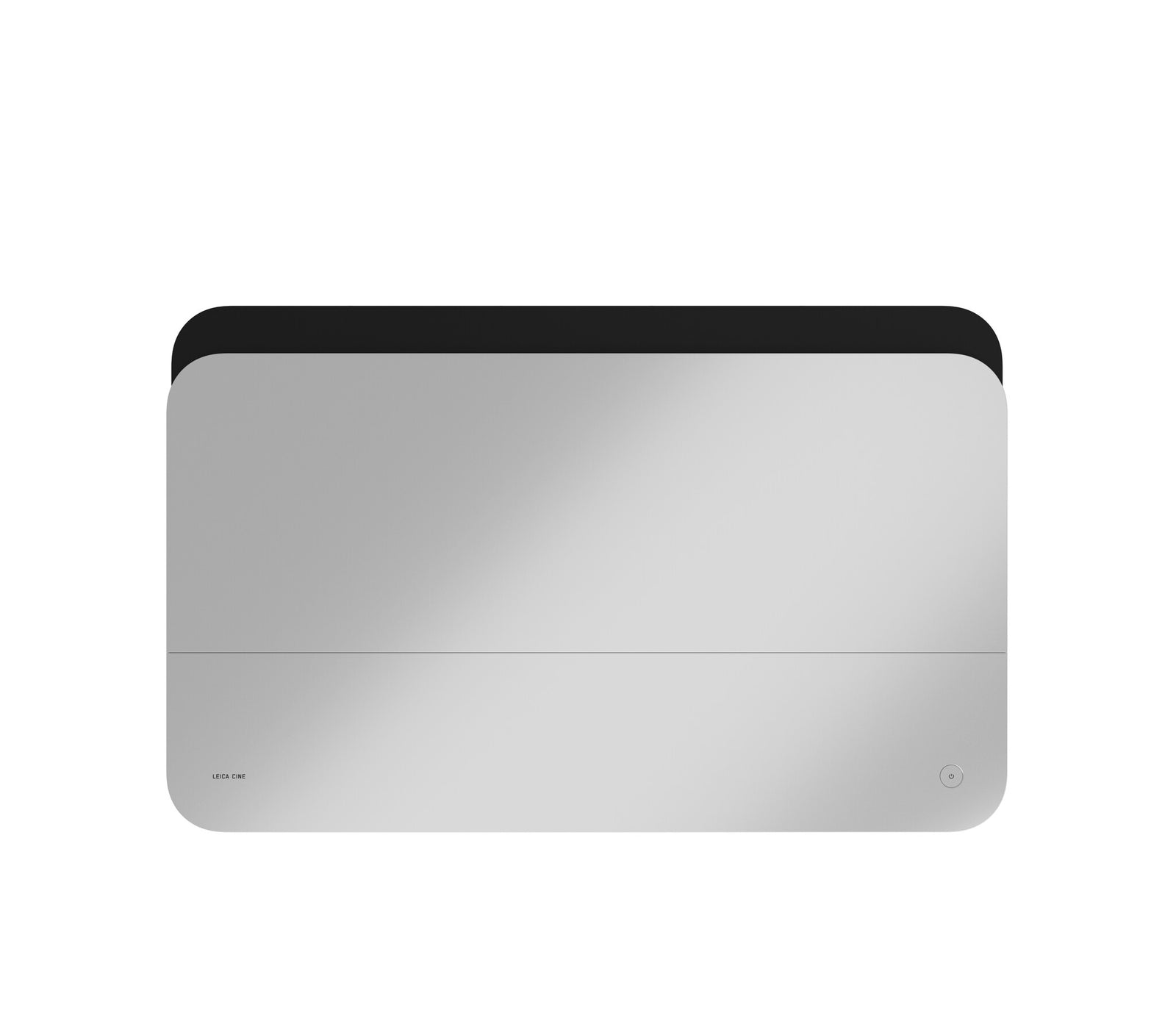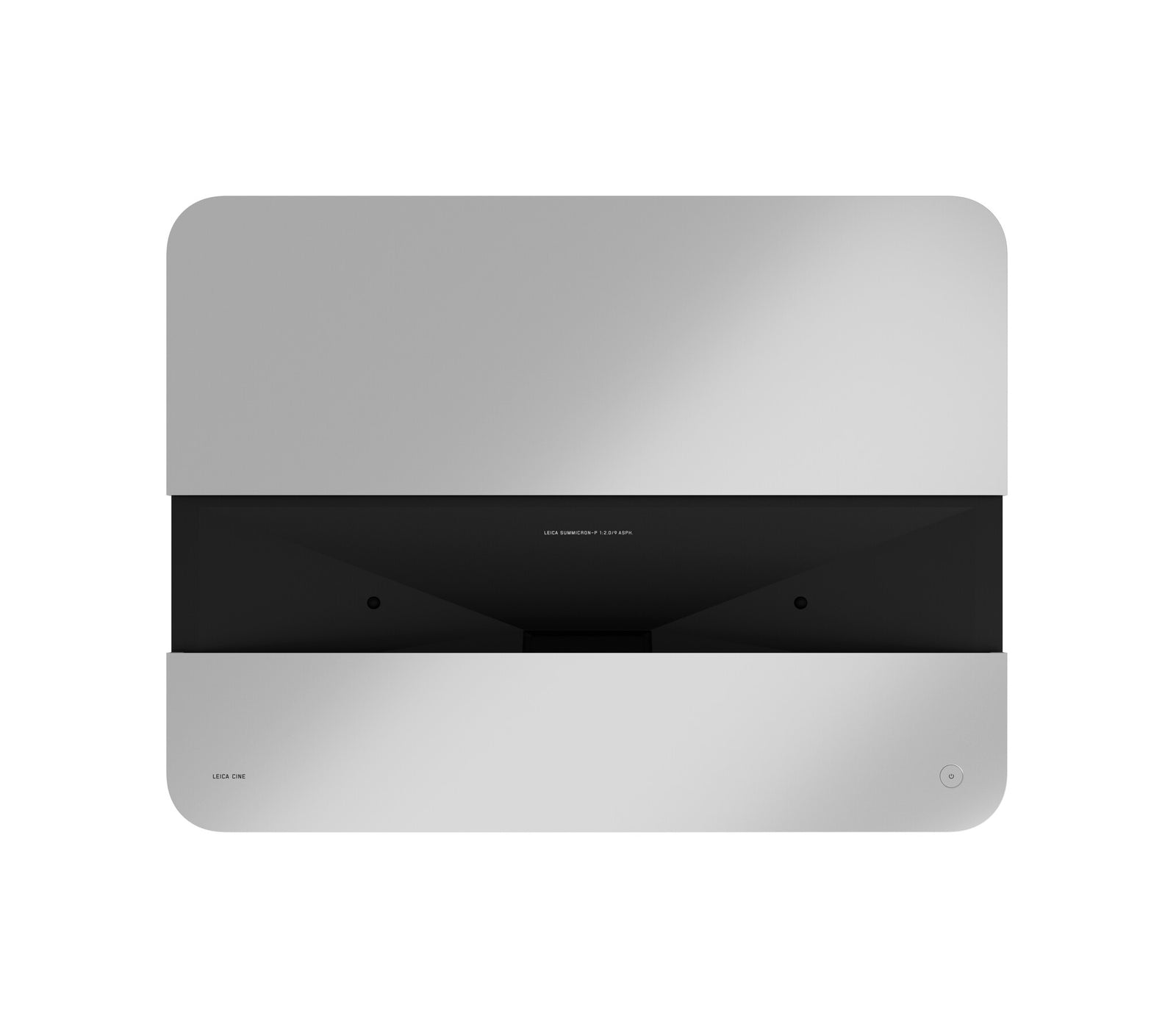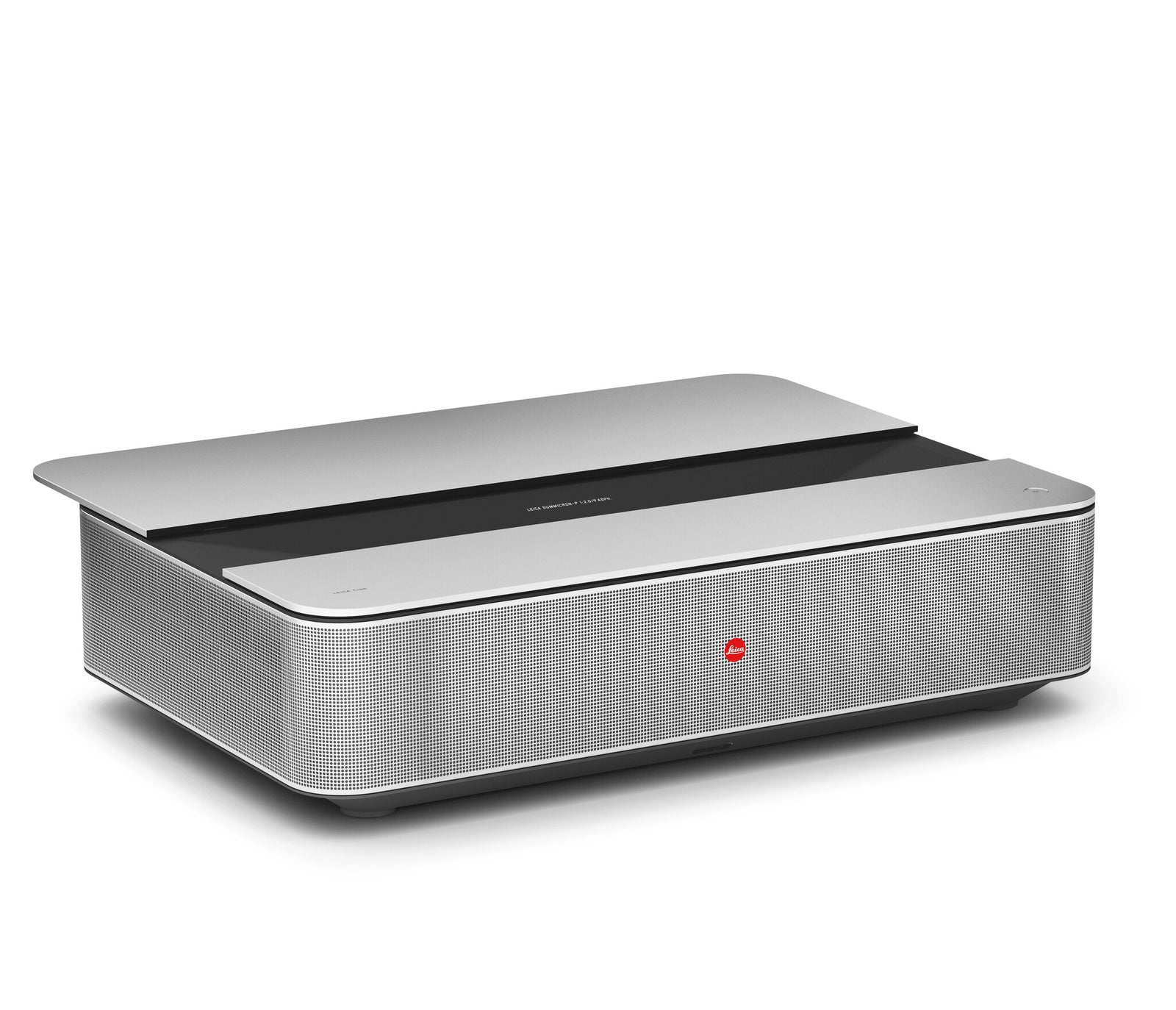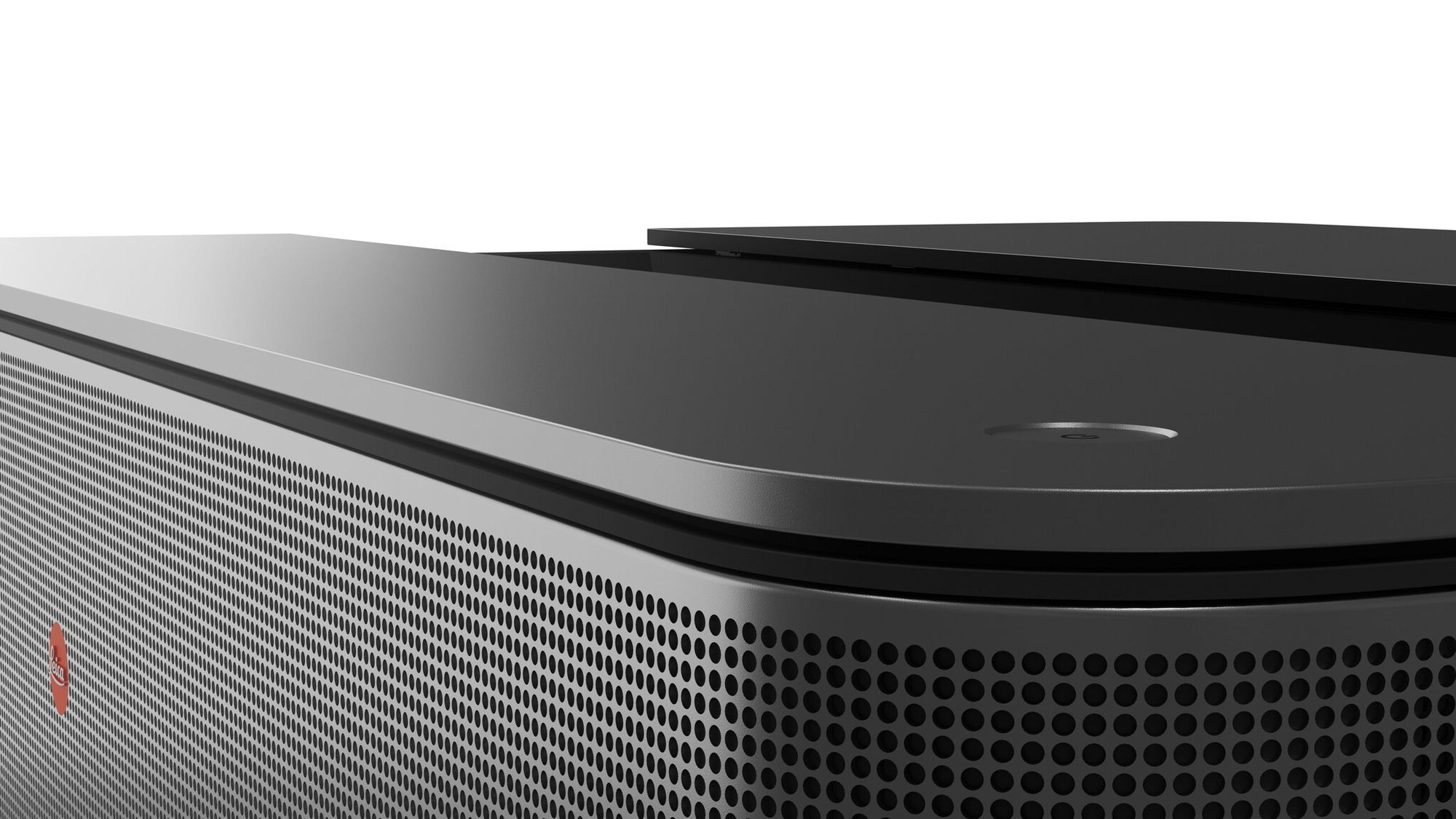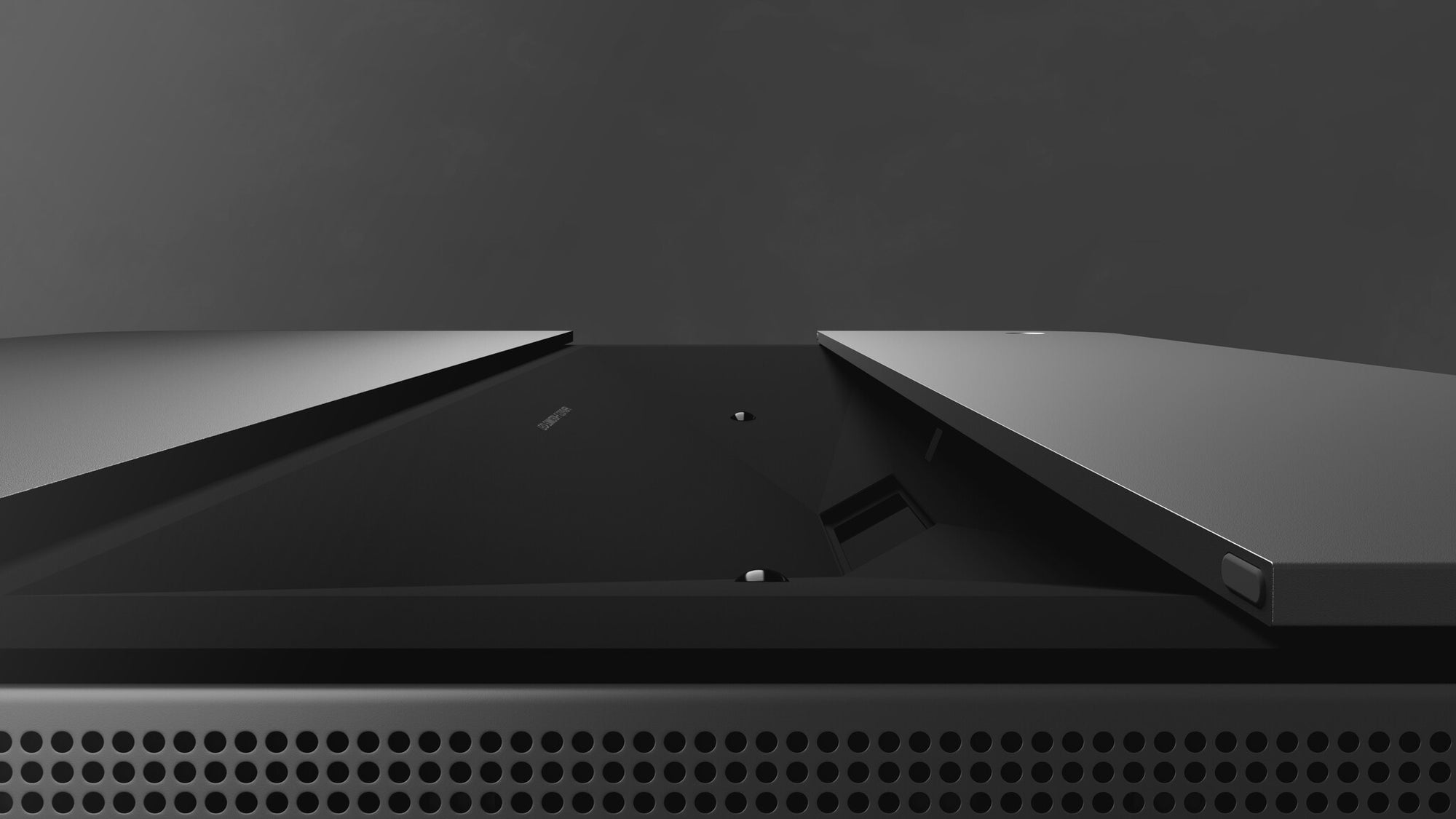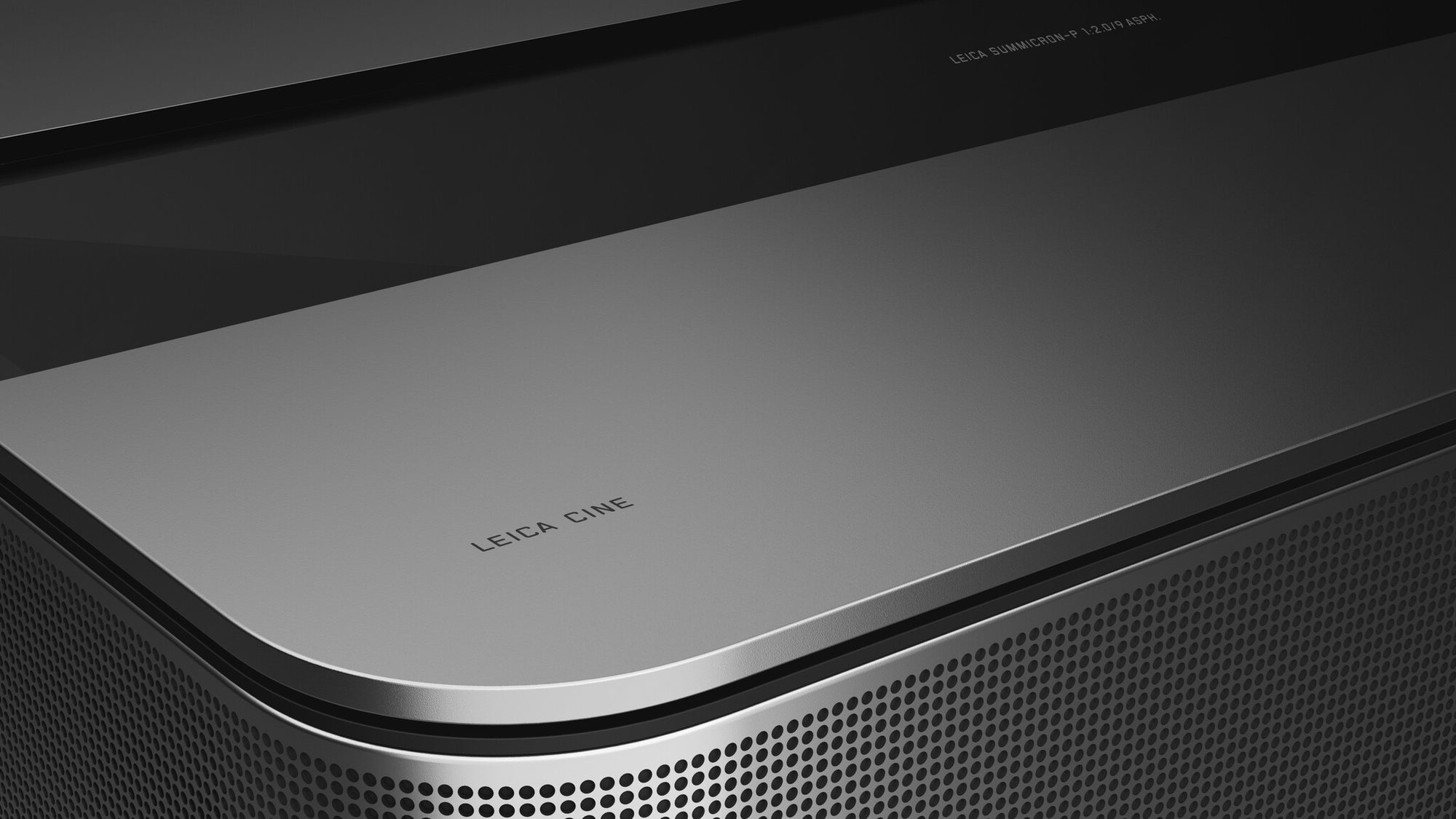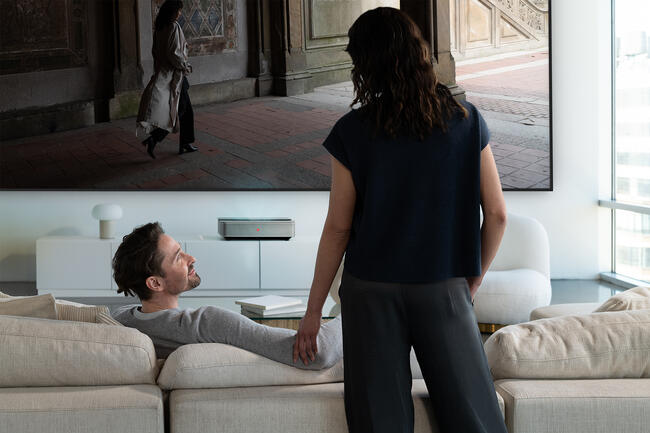LEICA CINE 1
the first Cinema TV from Leica
The Leica Cine 1 is the all-in-one entertainment system that delivers authentic home cinema experiences right in your living room. The smart Cinema TV captivates with outstanding 4K image resolution, immersive Dolby Atmos® surround sound and unmistakable Leica quality.
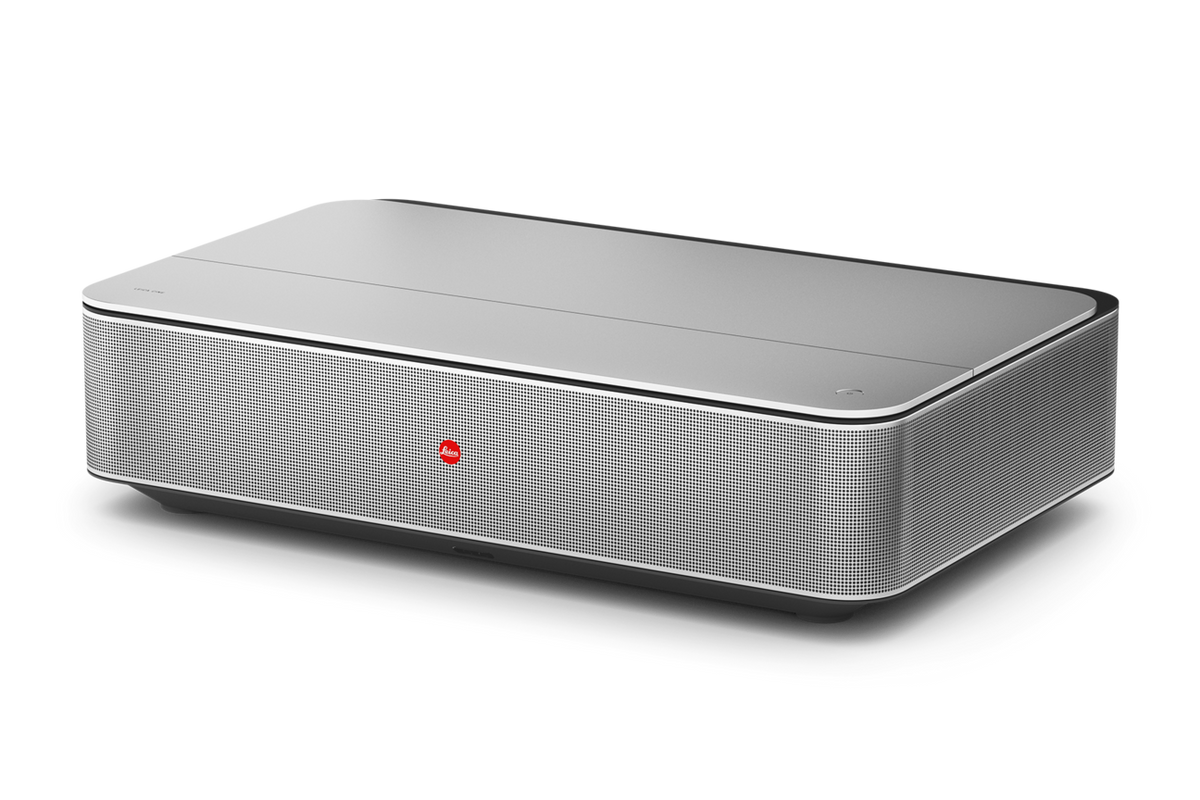
The New Classic
Iconic and timeless. From the durable aluminium housing to the automatic dust cover and the perforated speaker cover, to the iconic red dot: The Leica Cine 1 combines high-end craftsmanship with classic Bauhaus-style shapes. Built for generations, optimized for the screen, and designed for stylish living spaces.
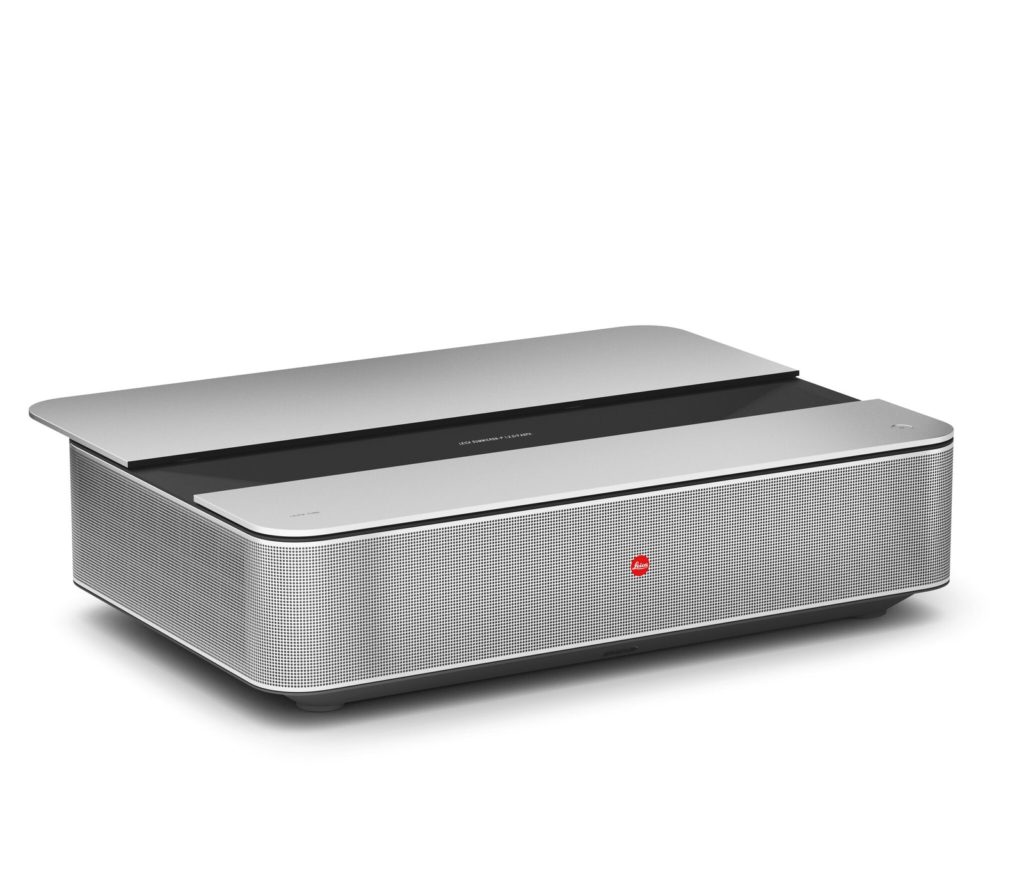
Outstanding Image Quality in 4K
Eye-friendly, energy-efficient, powerful colour depth and range captivate right up to the edge. The unique combination of triple RGB-laser technology, Leica Image Optimization (LIO™), Leica Summicron lens, 4K resolution and up to 3,000 ANSI Lumens ensure particularly bright images and natural colour reproduction with detailed colour gradations – even in daylight.
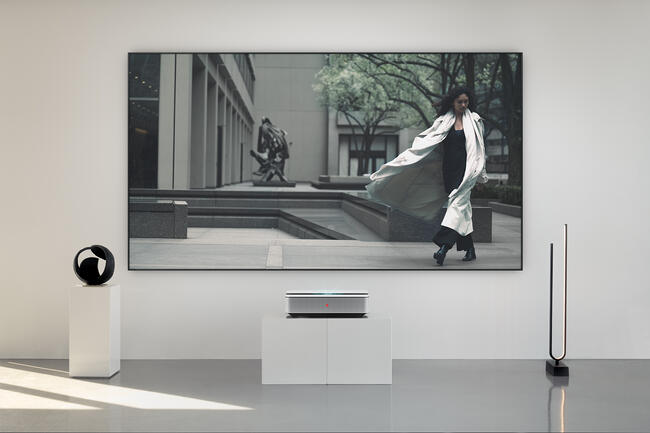
Leica Summicron Lens
The sophisticated Summicron lens with four aspherical lenses is manufactured according to Leica standards. Fixed to the image size it ensures consistently high imaging performance.
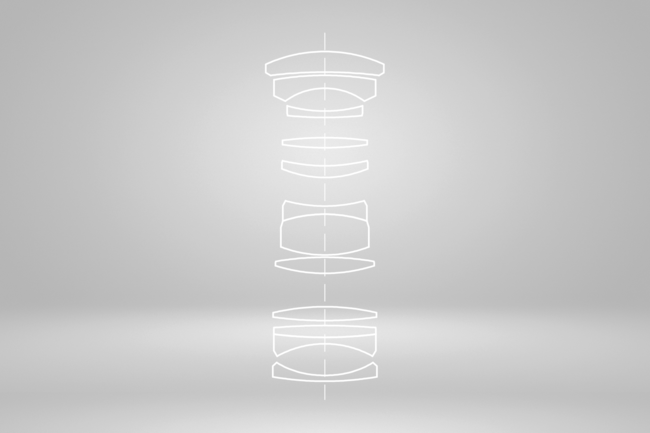
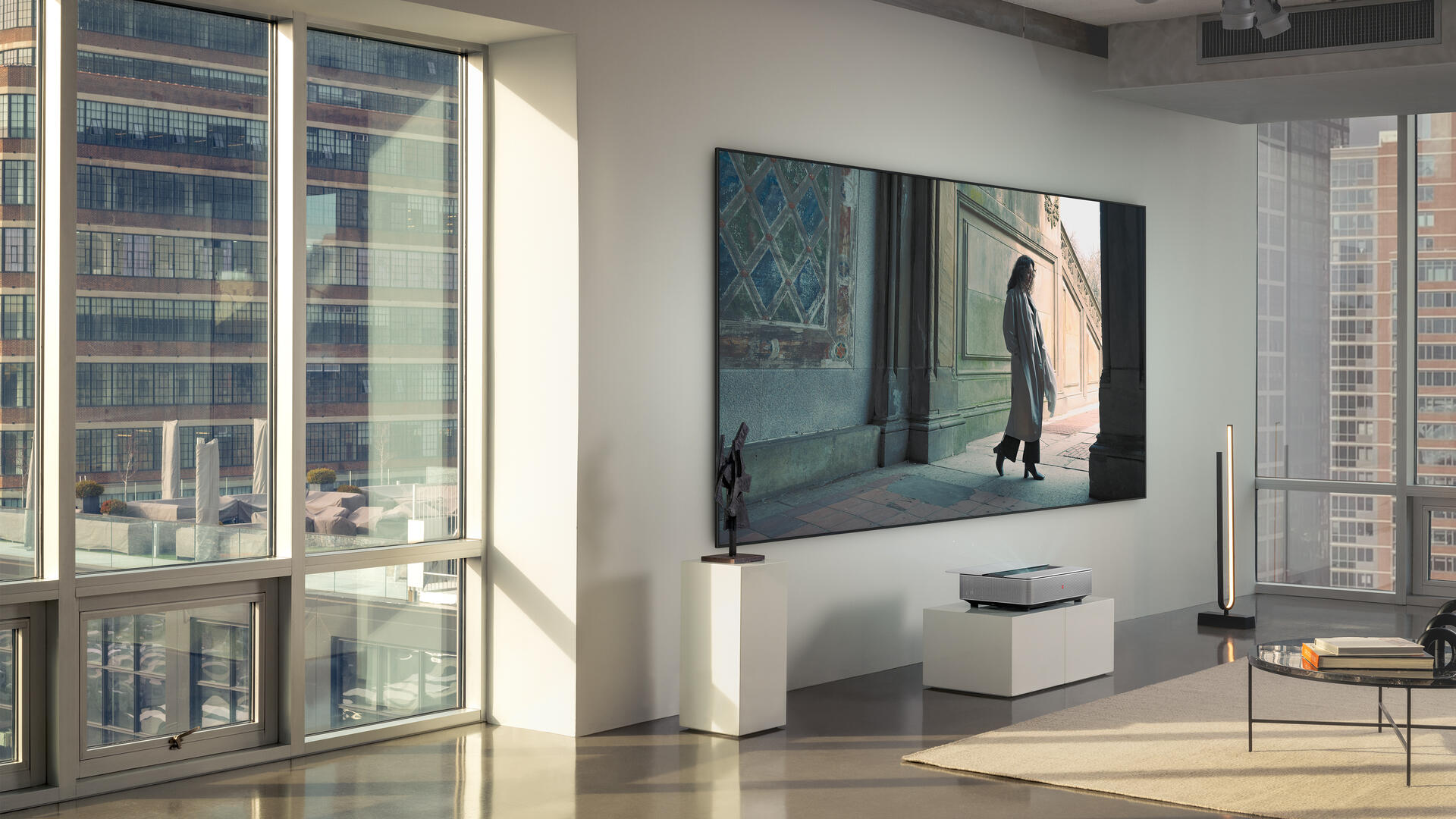
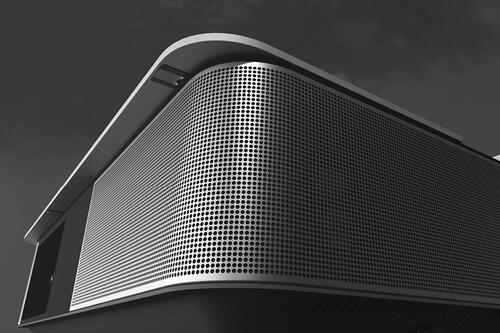
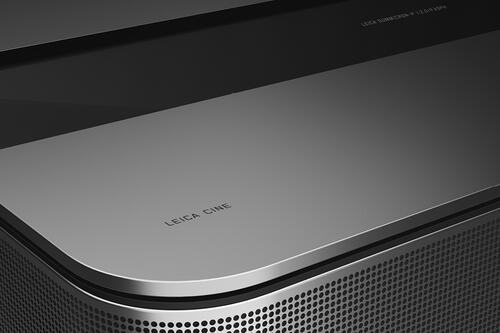
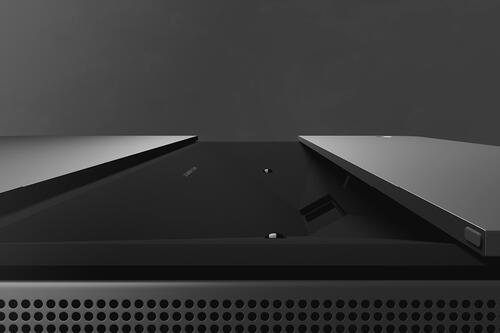
Leica Cine 1 Specifications
| MODEL NAME | LEICA CINE 1 I 120 | LEICA CINE 1 I 100 | LEICA CINE 1 I 80 | ||||||
| Projection Size | 120″ | 110″ | 80″ | ||||||
| DLP | 0.47″ XPR | ||||||||
| Resolution | 3840x2160px (4K) | ||||||||
| Upscaling | Yes | ||||||||
| Gaming Mode | Yes, Latency < 60 ms 4K@60Hz | ||||||||
| Lumen Output | Approx. 3000 lm | Approx. 3000 lm | Approx. 2500 lm | ||||||
| Dynamic Contrast | Approx. 2 Mio. :1 | ||||||||
| Contrast Ratio | Approx. 1000:1 | ||||||||
| BT.2020 Coverage | > 100 % | ||||||||
| HDR Modes | Dolby Vision® / HDR10 / HLG | ||||||||
| Leica Image Optimization (LIO™) | Yes | ||||||||
| Throw Ratio | 0.25 | ||||||||
| Smart TV | VIDAA 6.0 | ||||||||
| Light Source | Direct Triple RBG-Laser | ||||||||
| Power Consumption Standard Mode / Standby | Max. 300W / 0.5W | Max. 300W / 0.5W | Max. 200W / 0.5W | ||||||
| Voltage | 120V – 240V | ||||||||
| Dimensions LxWxH (console only) | 600 x 378 x 149 mm | ||||||||
| Weight (console only) | Approx. 15.1 kg | Approx. 15.1 kg | Approx. 13.6 kg | ||||||
| TUNER: | |||||||||
| Tuner | DVB-T2 / C / S2 / S with EPG | ||||||||
| Single Cable Distribution DVB-S | Unicable 1 / Unicable Jess | ||||||||
| DiSEqC | DiSEqC 1.2 | ||||||||
| INTERFACES: | |||||||||
| HDMI | 2x HDMI 2.1 / 1x HDMI 2.0 Type (1x eARC Support) | ||||||||
| USB | 2x USB (1x USB 2.0 & 1x USB 3.0) | ||||||||
| USB Recording | Yes | ||||||||
| LAN (Ethernet RJ45) | 1x | ||||||||
| Antenna in (RF Tuner) | 2x | ||||||||
| S/PDIF | 1x Optical (Toslink) | ||||||||
| Common Interface (CI+) | 1x | ||||||||
| Earphone/Audio Output | 1x | ||||||||
| AUDIO: | |||||||||
| Output Power | 2 x 25 Watt | ||||||||
| Dolby Atmos® | Yes | ||||||||
| Dolby Digital Plus™ | Yes | ||||||||
| Channels | 4 | ||||||||
| CONNECTIVITY: | |||||||||
| WiFi 6 | 802.11 AX 2.4 / 5.0 GHz | ||||||||
| Works with AirPlay* | Yes | ||||||||
| Bluetooth | Yes (Version 5.0) | ||||||||
| Screen Mirroring | Yes | ||||||||
| SMART TV: | |||||||||
| Operating System | VIDAA U6 | ||||||||
| Voice Assistant | VIDAA Voice | ||||||||
| Web Browser | Yes | Yes | Yes | ||||||
| HbbTV | Yes | ||||||||
| EPG | Yes | ||||||||
| Child Protection | Yes | ||||||||
| Noise Reduction | Yes | ||||||||
| Physical On/Off Button | Yes | ||||||||
| REMOTE CONTROL: | |||||||||
| Remote Control | Bluetooth / IR in Aluminum Housing with Microphone | ||||||||
| Voice Command | Yes | ||||||||
| FILE FORMATS: | |||||||||
| AV-Container | AVI / MP4 / MKV / TS / FLV / OGG AVI / WMV / MP4 / MOV / 3GP / | ||||||||
| Video | MKV / MPG / MPEG / VOB / FLV / WebM / OGM | ||||||||
| Audio | WMA / WMV / MP4 / FLAC / MP2 / MP3 / AAC / WMA / WAV | ||||||||
| Image | JPEG / BMP / PNG / GIF / WEBP | ||||||||
| OTHERS: | |||||||||
| OTA Software Updates | Yes | ||||||||
| Operation Temperature | 5°C to +40°C | ||||||||
| Storage Temperature | -20°C to +65°C | ||||||||
| Light Source | > 25000 h | ||||||||
| System Noise | < 32 dB (A) | ||||||||
*AirPlay is the trademark of Apple Inc., registered in the US and other countries. | |||||||||

